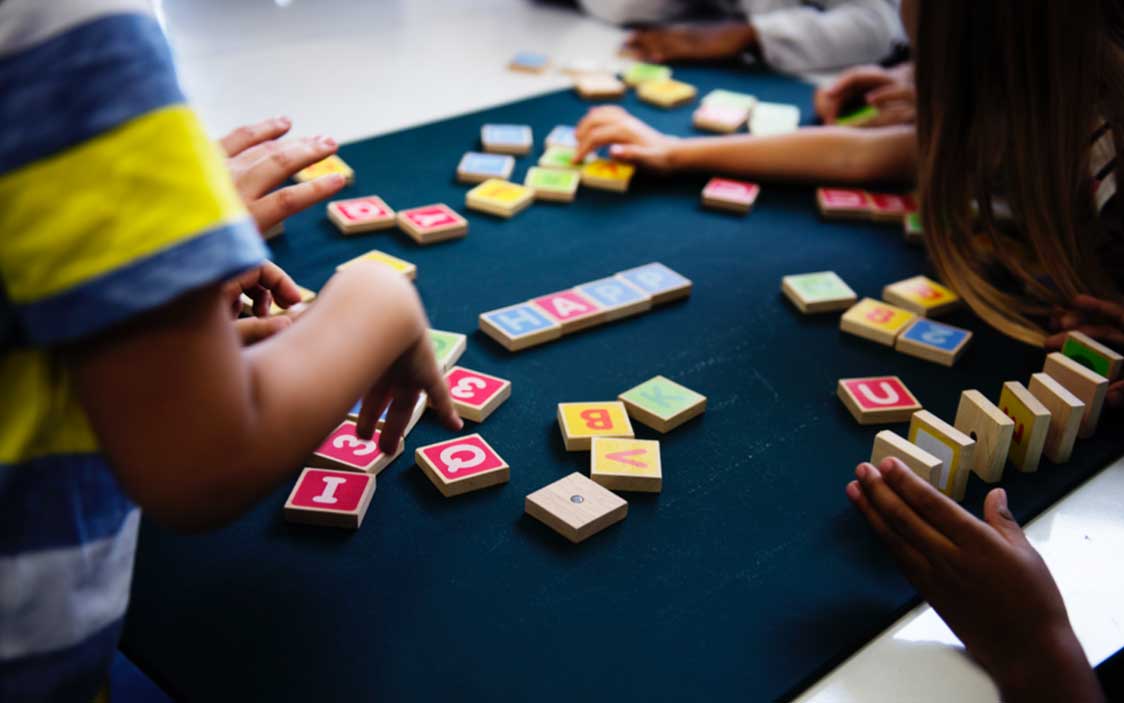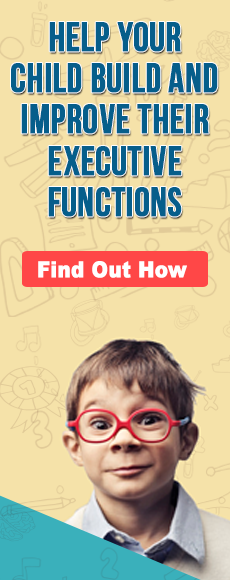
Working Memory Activities
Did you know that your child practices the same major thinking skill when they read as they do when they are playing a video game? The working memory thinking skill is put to the test when they are making connections in a text between what came before and what comes after, in very much the same way that they explore worlds and complete quests in a game. They get even more out of this working memory practice when you get involved in their digital playtime.
Talking about and playing video games with your kids not only gives them validation and support, it offers you opportunities to help them reflect on and make connections between the skills they use in the game and the skills they use in the real world. You can help them take that practice to the next level by working on one or more of these activities together.
Your child’s account of what happened at a soccer game or during a visit to a friend’s house is good practice for recounting experiences in a concise and orderly fashion. Ask questions and give feedback that encourage the child to keep on topic, keep thoughts connected and not repeat herself. These are all components of working memory. When you tell a story or describe an experience, you could either point out that you are reporting in an orderly manner, or mix it up and have the child notice where and when you are not reporting in an orderly manner. Use an app like Directr, Prezi, or Disney’s Story to help them practice putting together cogent and well-ordered narratives.
Help children to preview the steps needed to complete basic tasks such as getting ready for bed. Encourage them to predict what will happen if they miss a step. Then help them connect what they need to do with their previous knowledge of accomplishing these tasks. Ask them to paraphrase and summarize directions you have just given. Each of these techniques reflect some of the strategies that are often used with diverse learners to teach them how to use their previous memories and establish thinking skills to guide and direct their behaviors. If you are thinking about these strategies in regard to improving memory, you might also want to talk to your child’s classroom or resource teacher for more ideas about ways to try them.
Phone numbers are often chunked into three and then four digits, 515-2006, making them easier to remember. Directions for tasks and routines can also be combined into short and easy to remember sentences. Repeating the words “backpack, lunch, homework” chunks the action of leaving for school into one list instead of three separate items. Encourage your child to use chunking whenever possible from “hat, mittens, and scarf” to science facts and math equations.
Knowing how many things you need to get or do can help you to remember what they are. For instance, if you need to remember five items for a pizza recipe, such as flour, tomato sauce, cheese, olive oil and peppers, it could help to remember the number 5 If your child remembers that she has homework in three subjects, this might facilitate easier recall of the classes for which she has homework. You can practice this clustering strategy by asking how many things need to be remembered and encouraging your child to group information into meaningful categories.
For instance, if you need to remember five items for a pizza recipe, such as flour, tomato sauce, cheese, olive oil and peppers, it could help to remember the number 5 If your child remembers that she has homework in three subjects, this might facilitate easier recall of the classes for which she has homework. You can practice this clustering strategy by asking how many things need to be remembered and encouraging your child to group information into meaningful categories.




